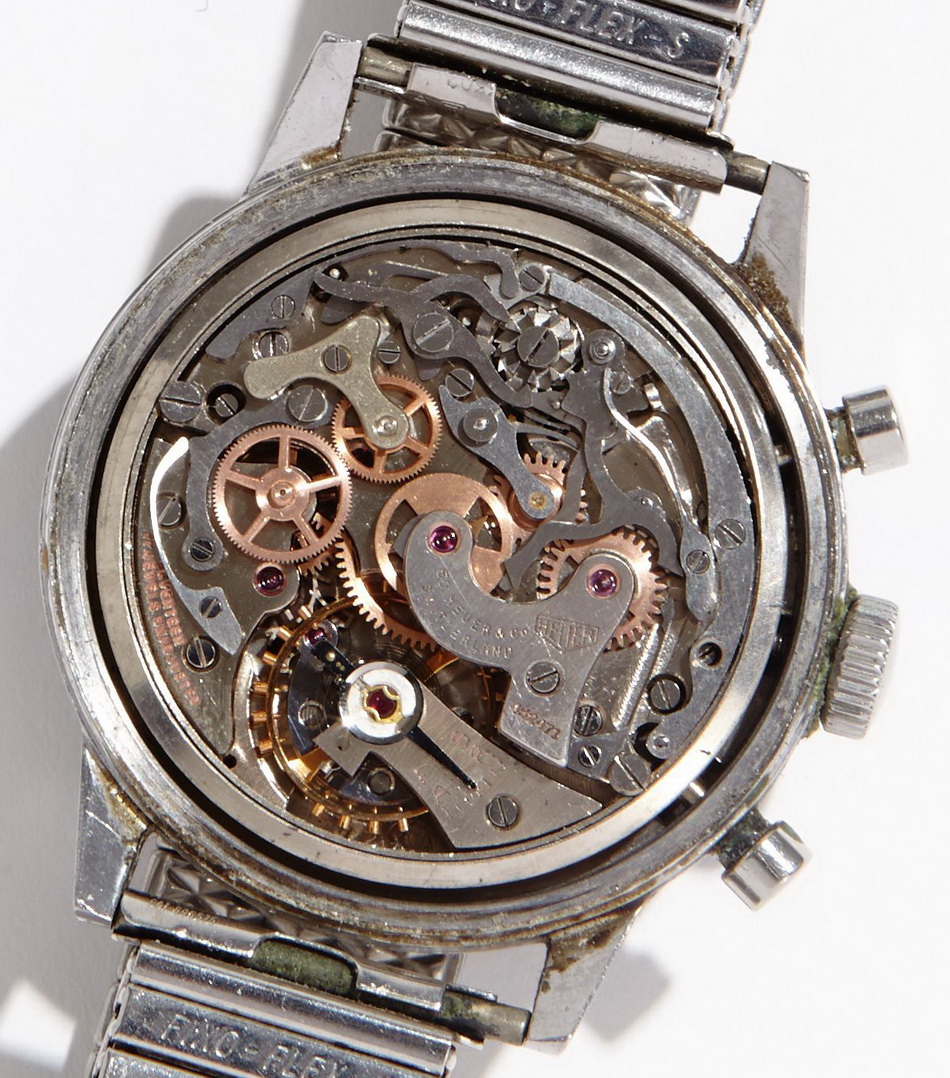

All three environment agencies have similar powers to the police to inspect private property and bring prosecutions.ĮPR16 was completely revised in 2016, and radioactive substances are covered in Schedule 23.

Scotland and Northern Ireland have the Radioactive Substances Act 1993 (RSA93), enforced by the Scottish Environmental Protection Agency and the Northern Ireland Environment Agency. EPR16 applies in England and Wales and is enforced by the Environment Agency. The Environmental Permitting Regulations (EPR16) focus on waste management and controlling pollution in the environment ( Environmental Permitting Regulations 2016). The general principles are widely applicable, although readers outside the UK are recommended to seek specialist advice on laws in their own region, since penalties for failing to comply can be severe. This paper presents these activities in detail, focusing on the interpretation of UK law. The procedures include risk assessment, regular audit, display and conservation treatments. Since the Polar Museum artefacts were identified as radioactive in 2009, the museum conservators and University Radiation Protection team have worked closely to develop collections management procedures based on first principles, namely the legal requirements for working with radioactive material combined with UK museum standards. The Polar Museum receives excellent support from the University Radiation Protection Adviser (RPA) and Radioactive Waste Adviser (RWA), who also advise other University museums with radioactive artefacts. The University of Cambridge includes numerous departments using radioactive sources for medical, biochemical and other research, and therefore has a Safety Office with several full-time radiation experts. It holds around 7500 artefacts and artworks, of which 15 are radioactive. The Polar Museum is part of the Scott Polar Research Institute in the University of Cambridge. This paper is timely because of recent changes to the main UK legislation governing radioactive materials in museums – the Environmental Permitting Regulations ( Environmental Permitting Regulations 2016) and the Ionising Radiation Regulations ( Health and Safety Executive 2017). It uses concrete examples from the Polar Museum in Cambridge to show how complex legal requirements can be met with relatively few resources. This paper aims to illustrate how radioactive objects can be practically managed in a small museum context. Collections management procedures for large radioactive collections may not be relevant to small museums with limited resources, yet there is little published information aimed specifically at small collections. However, smaller museums with only modest numbers of radioactive artefacts must still comply with UK law.
#RADIUM DIALS HOW TO#
Some museums have extensive radioactive collections whose large scale dictates how to manage them ( Freedman 2011 Kerbey and Horak 2006). Museums in the UK must also integrate their legal obligations for working with radiation with accepted museum ethical guidelines, SPECTRUM 5.0 and the Accreditation Standard.

Laws relating to work with radiation are complex and deal mainly with situations very different to normal museum contexts, making it difficult to find the parts important for museums to follow. Many collections contain radioactive objects, but it can be difficult for smaller museums to find sources of information about managing them in practice. A risk assessment template for working with radioactive collections is included as an Appendix. It covers many collections based activities including display, storage and conservation, and discusses these in the context of recent updates to UK law. This paper aims to illustrate how radioactive objects can be practically managed in a small museum context through examples from the Polar Museum in Cambridge, where the Radiation Protection team and the conservator have worked closely since 2009 to develop robust procedures. Museums in the UK also have to consider how to integrate their legal obligations for working with radiation with accepted museum ethical guidelines, SPECTRUM 5.0 and the Accreditation Standard. These laws are complex and cover a wide range of industries so it can be difficult to work out how they apply to museums in practice. Many collections in the UK include some radioactive objects, which must be managed in accordance with the Environmental Permitting Regulations and the Ionising Radiation Regulations.


 0 kommentar(er)
0 kommentar(er)
